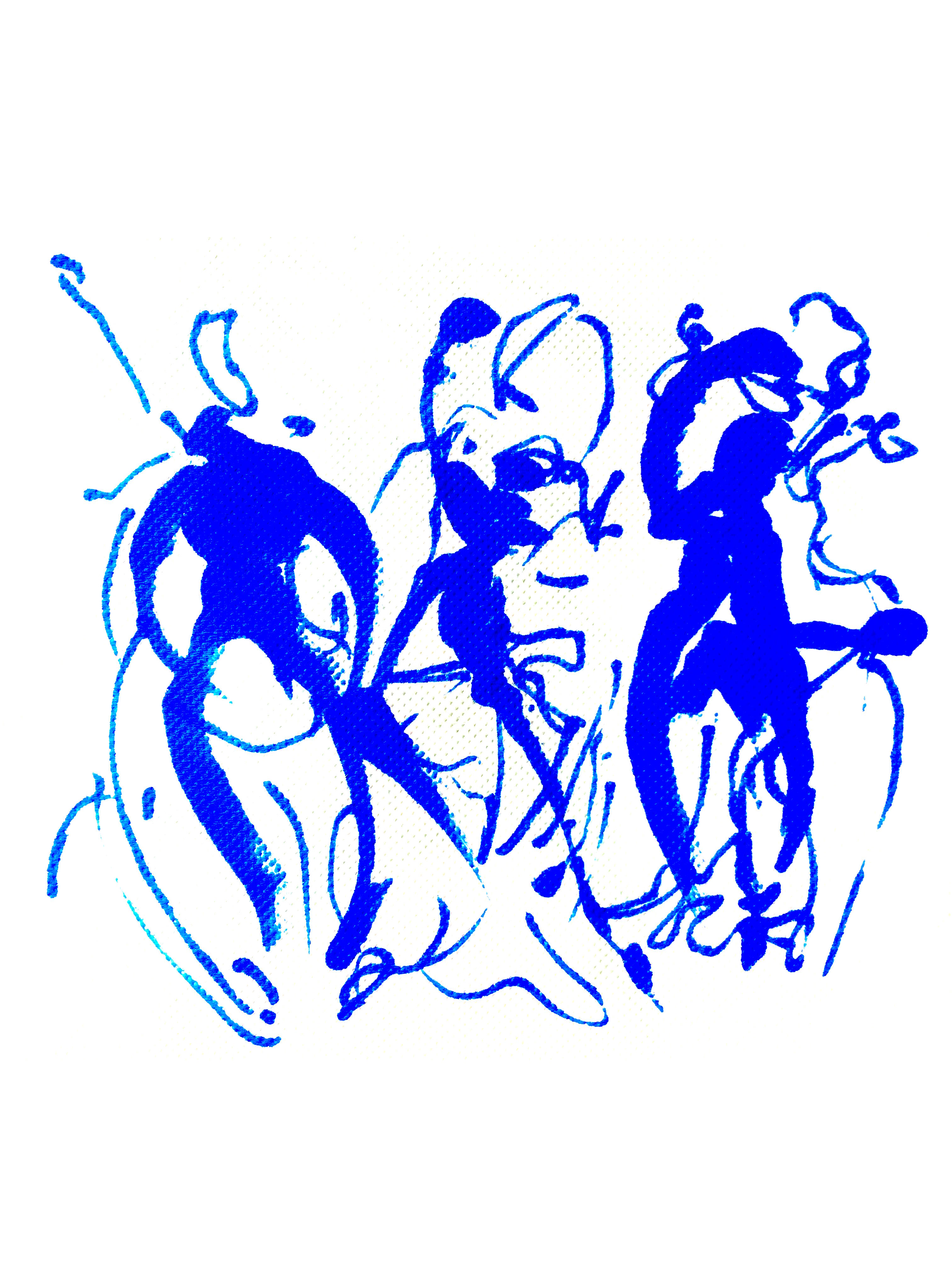Batuka, Contemporary African Traditional Dance
https://www.youtube.com/watch?v=ITtDk63okuE (3:49)
At the same time a musical genre, a dance, songs, the Batuka is a tranditional Cape Verdian dance that comes from Santiago. This dance expresses joy or melancholy after a hard day of work. Indeed, Republic of Cabo Verde is a really difficult place to leave in because it is extremelly dry and the inhabitants biggest issu is their lack of water. Cabo verde is an island country spanning an archipelago of 10 volcanic islands in the central Atlantic Ocean, It is one of the most integrated community in Senegal. Initially, it was the fish sellers who danced the batuka. Then, the dance was expanded to all people but especially take place before the marriages to show the joy of both families. The Batuka is composed of songs in Creole, their original language, and these words express the fact that the woman must wait until the man comes to get her to get married.


What particularly interested me in this practice of Batuka is that being particularly poor, the inhabitants use recovered materials as an instrument to strike (Batuka is composed of 3 rhythms). For example, it uses a large piece of crumpled cloth (like wax) and wraps it tightly in a plastic bag.
Most of the time in Cape Verde but also in many African countries, both during everyday life and during the Batuka dance, men and women wear clothes made of wax, a traditional fabric. Most of the time, they were wax as a loincloth, a one piece garment worn especially in warm countries. During the dance which is practiced by moving the feet but especially the kidneys (fast movements of the kidneys), the women tie this fabric on the hips which amplifies the movement. Wax is synonymous with intercultural union. A symbol of multicultural know-how, wax is steeped in history and tradition. The wax is printed on both sides thanks to a wax system that gave it its name. It is a high quality cotton fabric used to make famous clothes. Its origin goes back to the time of the arrival of the first Europeans in West Africa. It dresses today millions of Africans.
At the end of the 19th century, English and Dutch settlers discovered the method of printing Javanese batiks using wax. They are inspired to print very colorful patterns on cotton fabrics that quickly seduced Europeans. The manufacture of wax comes from a mixture of techniques from Indonesian, Dutch and West African origins.
Traditional african pagne :


Also, what I loved during my trip is how much these people of Cape Verde were full of energy and happy to convey their joy and a good mood around them when they dance. This moment of sharing left me speechless, especially since I enjoyed the fact that batuka is not only a dance but also a positive way of thinking about sharing and transmitting.
Yinka Sonibare
Often tinged with humor the nigerian artist takes up classics from the history of Western art by “Africanizing” them. For example, he takes classical 18th century dresses, and remake them using traditional african wax.





















